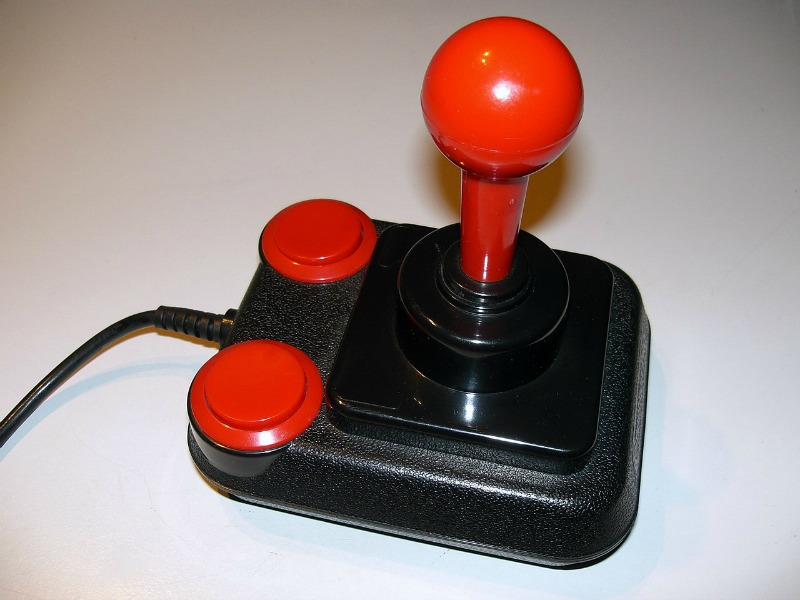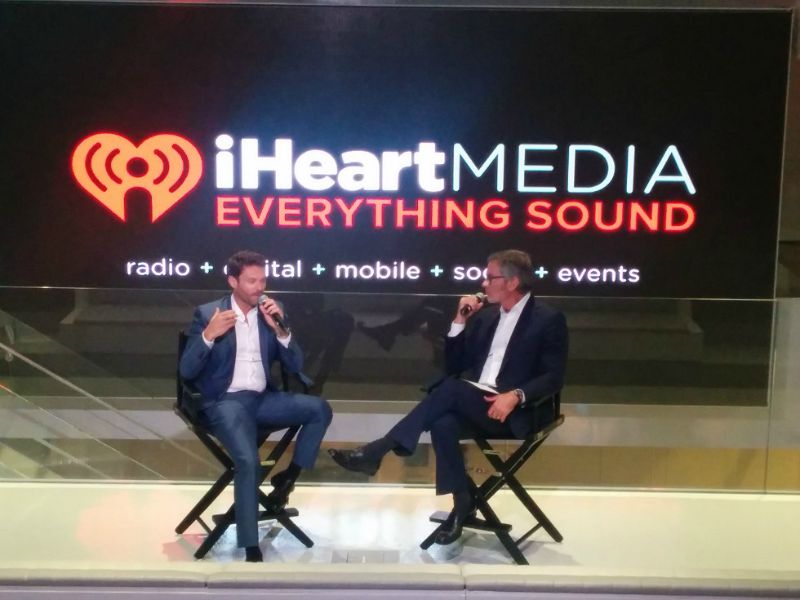Finn Partners 24 Feb 2015 // 2:04PM GMT

One of Finn Partner’s Digital/Social Media practice area practitioners attended Comic-Con in San Diego and was inspired to share his views about how gaming might soon impact the communications industry.
I had the privilege of spending last week working at San Diego ComicCon with Microsoft. Its Games Studios wanted presenters to talk about the future of game design and they wanted one of those people to be me. This was all in an effort to promote the upcoming game development software Project Spark, which opens up video game design to more than just computer scientists. It makes accessible to kids, adults, parents, teachers and students enabling them to understand and enjoy complex game development in a very easy-to-use and easy to understand way.
Throughout the four day event I spoke one-on-one with a wide range of people. The interactions that stood out the most though were between kids and parents. Project Spark requires some coding and development in order to create video games and at first, this wouldn’t seem very appealing to a six-year-old. But each time I demonstrated a simple line of code, (WHEN: A is pressed DO: jump) which made the video game character jump up and down, I saw the little faces and eyes light up!
Coding, development and gaming are becoming the playthings of the next generation of communicators. Every parent I talked with told me about how they had their child had started to interact with Scratch or Hopscotch (programming languages geared towards kids). They spoke about fun mini-sites their kids were developing and online resources they were taping. And it became very apparent to me that gaming is definitely joining the open source movement.
And I thought, "Wow, this is incredible because kids are quickly grasping gaming language and making their own video games.” I even watched a five-year-old explain game design! This is partly due to the fact that gaming is already around them, everywhere and all the time via their experiences with points, levels, rewards, online competition and sites like Club Penguin. These are staples of the 21st Century Playground. As gamification seeps more into our everyday lives, it moves closer and closer to the focal point of a communications strategy.
So what is my recommendation?
Think of communications like a gamer. Think about why the original Super Mario Brothers was so captivating in its 8bit glory. It’s the challenge, the points, the score, the progression. And it’s all of these things wrapped up together in a story that makes gamers – and communicators -- feel accomplished. Gaming is no longer a fad, a platform for kids or a purely entertainment outlet. As forward thinking communicators, we should embrace gaming and gamification and understand the applications it might have for our clients and the impact to our industry overall. Will gaming become a new portal to convey messages, images and ideas? It’s certainly possible.
From my experience, the best way to embrace is to understand. Try making a game. It’s much easier than you think. Understand the architecture of gamification. There are a number of free tools to get you started: Project Spark is free and currently available only on Windows 8 and Xbox One. That is my software of choice, because it’s simple to get you started and has very advanced layers when you’re ready to play with code and mechanics.
Scratch may seem geared towards kids, but it doesn’t matter. I’ve learned a lot from it myself. And it’s free, brought to you by MIT. Sploder is a free online tool that is quite simple to make your own quick 2D game. It’s a bit limited, but great for people who want to dabble without getting into any sort of coding.
Game Maker Studio has a free version that is limited in what you can create, but great if you just want to poke around to see what gaming is all about.
So there is my big challenge to you: Make a video game!
By Finn Partners Digital / Social Media Group


































.jpg)














